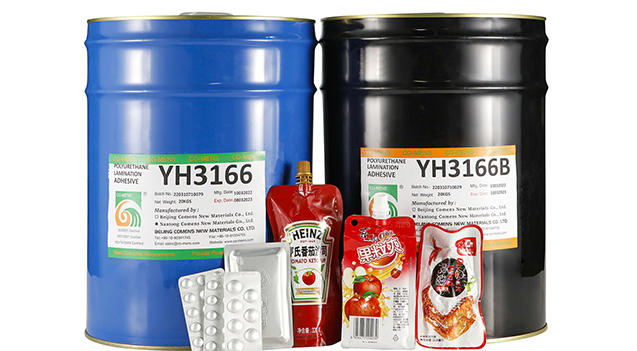en
The adhesive selection process can make or break your manufacturing results. When comparing water borne adhesive and solvent borne adhesive options, how do you determine the best fit for your specific needs?
The choice between water borne adhesive and solvent borne adhesive depends on three key factors: environmental impact, performance requirements, and production conditions. Modern formulations have narrowed the performance gap, making selection more nuanced than ever before.
Understanding the core strengths of each adhesive type helps manufacturers make informed decisions that balance sustainability with practical production needs.
Water borne adhesive solutions have become essential for manufacturers pursuing sustainability goals. These formulations contain up to 70% less VOCs than traditional solvent borne adhesives, significantly reducing environmental impact.
Major brands adopting water borne adhesive report measurable reductions in:
Carbon footprint
Workplace safety incidents
Regulatory compliance costs
Water borne adhesive systems outperform solvent alternatives in food packaging applications. Their non-toxic formulation ensures compliance with FDA and EU food-contact regulations, eliminating concerns about chemical migration.
Solvent borne adhesive continues to dominate applications requiring extreme durability. The technology provides:
15-20% higher bond strength with difficult substrates
Better penetration for porous materials
Superior performance in high-temperature environments

Solvent base adhesives normally can supply higher and better chemical resistance and heat resistance, so it can meet high performance requirement like:
aggressive contents packages, like liquid detergent, floor cleaner, cooking oil and so on.
water boiling or retort treatment required packages for hot filling package, ready to eat meat packages and so on.
The decision between water borne adhesive and solvent borne adhesive ultimately depends on your operational priorities:
Sustainability-focused operations benefit most from water borne systems
High-performance applications still favor solvent borne solutions
Many manufacturers implement hybrid strategies, using water borne adhesive for standard applications while reserving solvent borne adhesive for critical, high-performance needs.
Application requirements should guide formulation selection:
Water borne adhesive delivers superior results for:
Food packaging for dry snacks, ice cream, instant noodles and so on.
Some two-component water borne adhesive also can be used for ALU foil lamination.
Solvent borne adhesive excels in:
High performance required flexible packages, for food, medicine and some industrial products.
The water borne adhesive vs solvent borne adhesive debate no longer has a universal answer. Smart manufacturers evaluate both options against their specific performance requirements, sustainability goals, and production conditions. Emerging hybrid technologies may soon bridge the remaining gaps, offering the best of both worlds. Until then, informed selection between these two powerful adhesive technologies remains key to manufacturing success.